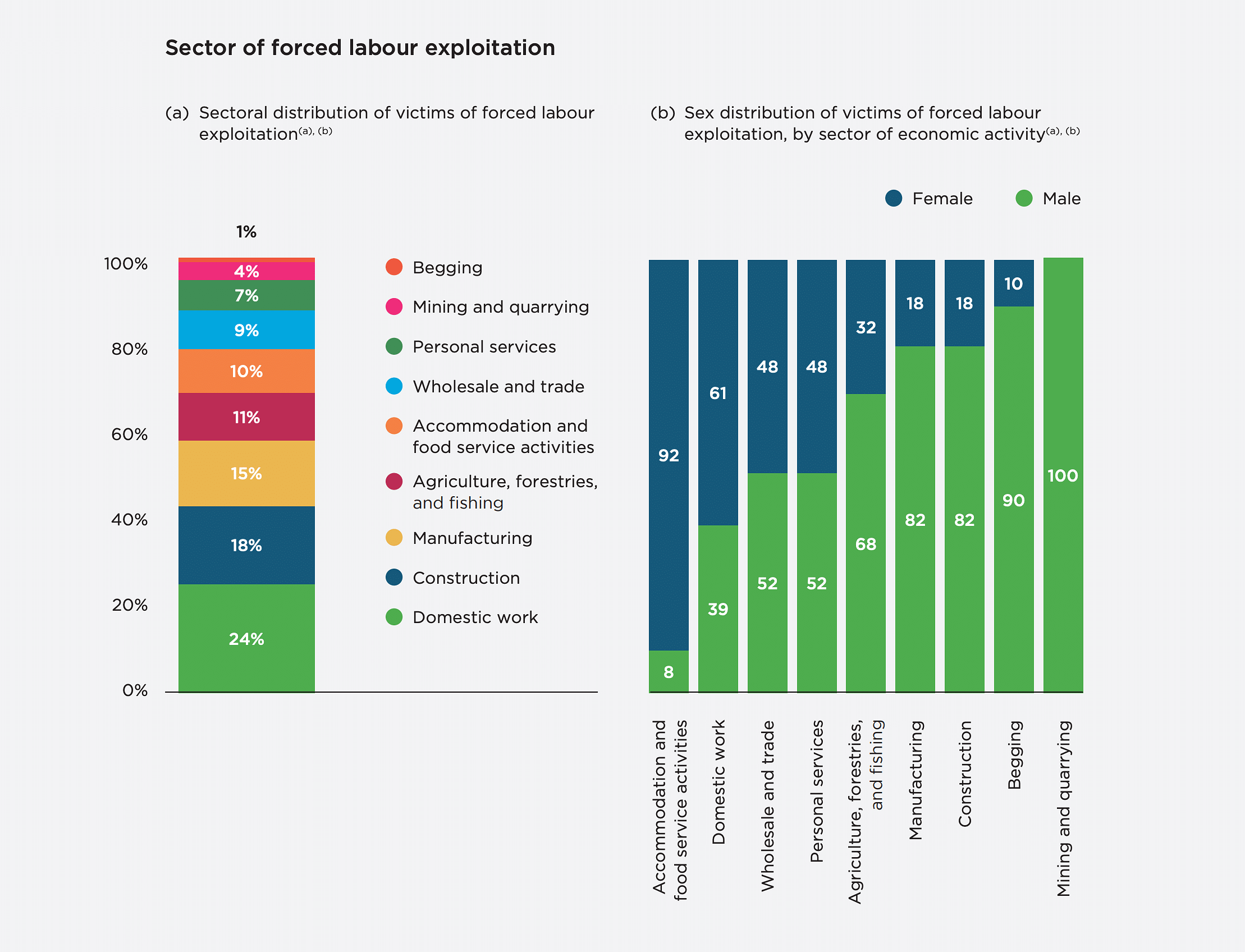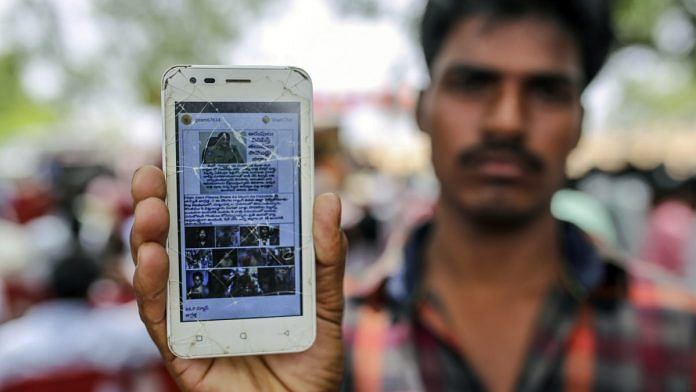Modern slavery: it’s a strange term.
The word ‘modern’ generally has positive connotations. It’s up-to-date. Recent. Fresh. Cutting-edge.
Juxtapose that with the word ‘slavery’. A most outdated concept. Captivity. Bondage. Oppression and repression. In the 21st century, slavery is surely something that only crazed individuals or dictators could possibly countenance.
Sadly, however, there are 40 million reasons why that is not the case; 40 million individuals, today, in 2019. This is despite the efforts of NGO activists, some in industry, and government.
Let’s start with some basics. There are many different forms of modern slavery, and some individuals fit into many categories: forced labour; debt bondage; human trafficking; forced marriage; child slavery; and descent-based slavery, where we see heart-wrenching stories of babies born into slavery because their parents were captured and enslaved. And while modern slavery affects both adults and children, a disproportionate number of women and girls – who make up 71% of those 40 million – are impacted.

It’s estimated that of the 40 million, 25 million (and please let’s not lose sight of the enormity of that figure) are in forced labour.
Over the past couple of years, and through increasing amounts of engagement in this space, working with our ethics and compliance organisation, supply chain professionals and others, I have found some aspects of the problem truly shocking.
You would think governments would agree this is a terrible scourge of society and would be keen do something about it. So when the International Labour Organization introduced protocols designed to eradicate forced labour and trafficking five years ago, it should have been an easy lift for governments to ratify and implement. So why is it that just four out of the G20 (Argentina, France, Russia and the UK) have done so? Was there something more important on the legislative agenda than freeing people from bondage?
Indeed, the Global Slavery Index reports that some countries are going backwards not forwards in tackling modern slavery. The international community should ensure those governments feel heat for their (at best) inaction.
And while there is an increasing awareness of the issue in industry, aside from reporting requirements in a few jurisdictions (such as the UK and California), we are not seeing enough leadership from the business community to consign this phenomenon to where it belongs: history. And any corporate leader that denies this is an issue in their supply chains is likely delusional or dishonest.
But when CEOs acknowledge the challenge, it empowers key functions in a company – from procurement, to supply chain, to lines of business – with a license to tackle the issue aggressively. As the Bali process states, stakeholders need to ‘acknowledge, act and advance’ in the fight against modern slavery – and acknowledgement is the vital first step.
The company I work for, Hewlett Packard Enterprise, has been proactive at driving better standards throughout supply chains. For instance, our foreign migrant worker standard enshrines in our practices the ‘employer pays’ principle– the simple idea that no worker should have to pay for a job.
While it’s a vital step, we will need more than good supply chain practices by large companies to ultimately solve this. But there are reasons to be hopeful. I was encouraged by the discussion at the World Economic Forum Annual Meeting in Davos this January at which the role of Fourth Industrial Revolution technologies were highlighted as a means to dislocate and ultimately conquer the modern slave trade.
Blockchains, such as those used by Diginex, have the ability to record and preserve information that is incorruptible, bringing transparency to worker conditions through the simple use of a mobile phone.
This article was originally published on WeForum.



